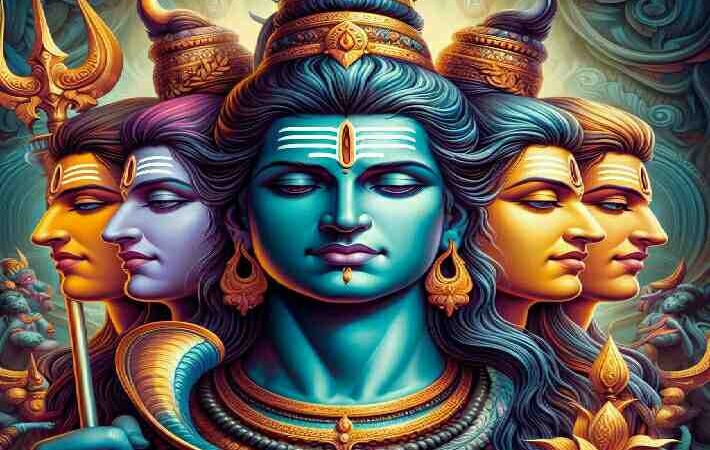Revanta: The Lesser-Known Hindu Deity

Revanta, also known as Raivata, is a minor yet significant deity in Hindu mythology. He is recognized as the youngest son of the sun-god Surya and his wife Saranyu, according to the ancient Rigveda. As the chief of the Guhyakas, supernatural forest dwellers akin to the Yakshas, Revanta holds a unique place in Hindu lore.
Origins and Birth Legends
The tale of Revanta’s birth is captivating and is narrated in several Hindu scriptures, including the Vishnu Purana and the Markandeya Purana. His mother, Sanjna (Saranyu), was the daughter of the celestial architect Vishwakarma. Unable to bear the intense radiance of her husband Surya, Sanjna fled to the forests, assuming the form of a mare to perform austerities. She left her shadow, Chhaya, in her place. When Surya discovered the deception, he sought Sanjna and eventually found her in the forests of Uttar Kuru. Disguised as a horse, Surya approached her, and their union resulted in the birth of the twin Ashvins and Revanta.
Different texts offer variations of this legend. The Kurma Purana, Linga Purana, Agni Purana, and Matsya Purana name Revanta’s mother as Ratri (Rajni), another wife of Surya. Another chapter in the Markandeya Purana presents Revanta as the son of Chhaya, alongside his siblings Shani (the Saturn god), Tapati, and Savarni Manu.
Role and Duties
According to the Markandeya Purana, Revanta was assigned by Surya to be the chief of the Guhyakas. His role was to protect mortals in forests and other desolate places from dangers such as enemies, robbers, and wild animals. This protective aspect of Revanta is often depicted in reliefs showing him combating robbers.
Iconography

Revanta is usually depicted as a huntsman, often shown riding a horse and holding a sword and bow. The Markandeya Purana describes him as clad in armor, carrying arrows and a quiver, and seated on a white horse, thus earning the epithet Haya-Vahana, or “one who rides a horse.” The Kalika Purana adds that he carries a sword in his right hand and a whip in his left. Varahamihira also describes him as accompanied by attendants while hunting.
In sculptures, Revanta is depicted alongside the Guhyakas, engaging in hunting scenes. He often carries a cup of wine and wears long boots reaching up to his calves, a unique feature among Hindu deities who are typically depicted barefoot. He is shown with a hunting dog and his attendants wield various hunting weapons, such as lances and swords. These attendants may also be depicted blowing conchs, beating drums, holding umbrellas over Revanta (symbolizing royalty), or carrying wine jars. Some attendants might carry a dead boar or show a dog chasing a boar.
Worship and Cult
The worship of Revanta was especially prevalent in medieval Eastern India, particularly in Bihar and Bengal, where archaeological finds indicate a dedicated cult from the 6th century A.D. Revanta was revered as the guardian deity of warriors and horses, a protector from forest dangers, and the patron god of hunting. His worship is closely linked with Saura, the sect dedicated to Surya.
Scriptures such as the Vishnudharmottara Purana and the Kalika Purana suggest that Revanta should be worshipped alongside Surya or according to Sun worship rituals. The Shabha-kalpa-druma records that warriors worshipped Revanta after Surya during the Hindu month of Ashvin. Nakula, one of the Pandavas, is said to have authored the Ashavashastram on horses, recommending the worship of Revanta to protect horses from ghosts.
Revanta’s worship was also popular in early-medieval Rajasthan, where he is often depicted in Vaishnava and Surya temples. An inscription mentions a temple dedicated to Revanta as the principal deity in Vikranapur (modern-day Kotgaph, Madhya Pradesh), built by the Kalachuri king Ratnadeva II.
Conclusion
Revanta’s depiction as a huntsman and protector, combined with his rich mythological background, underscores his importance in Hindu mythology. His unique iconography and the specific role he plays within the pantheon of Hindu deities highlight the diverse and intricate nature of Hindu religious traditions.





